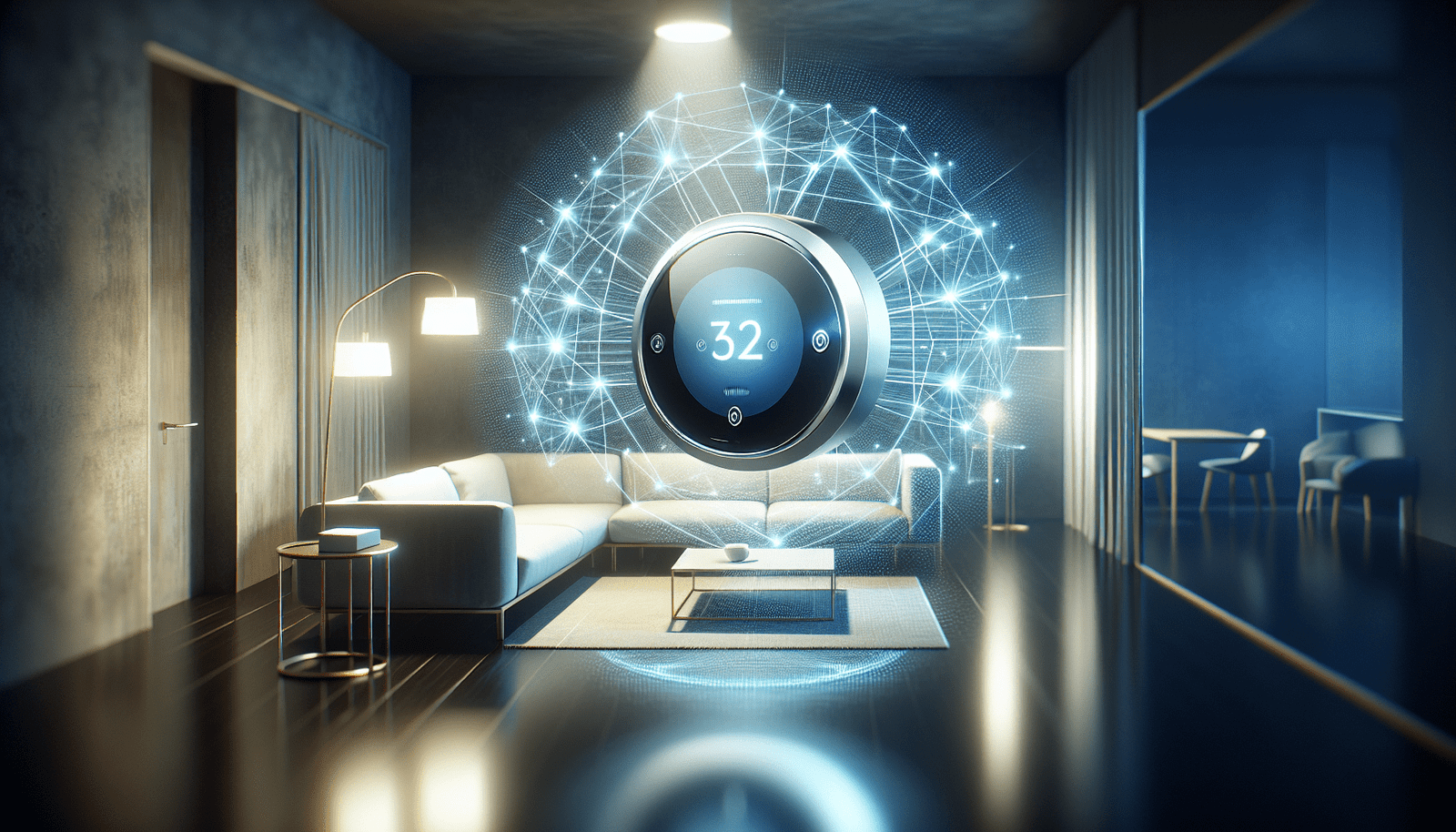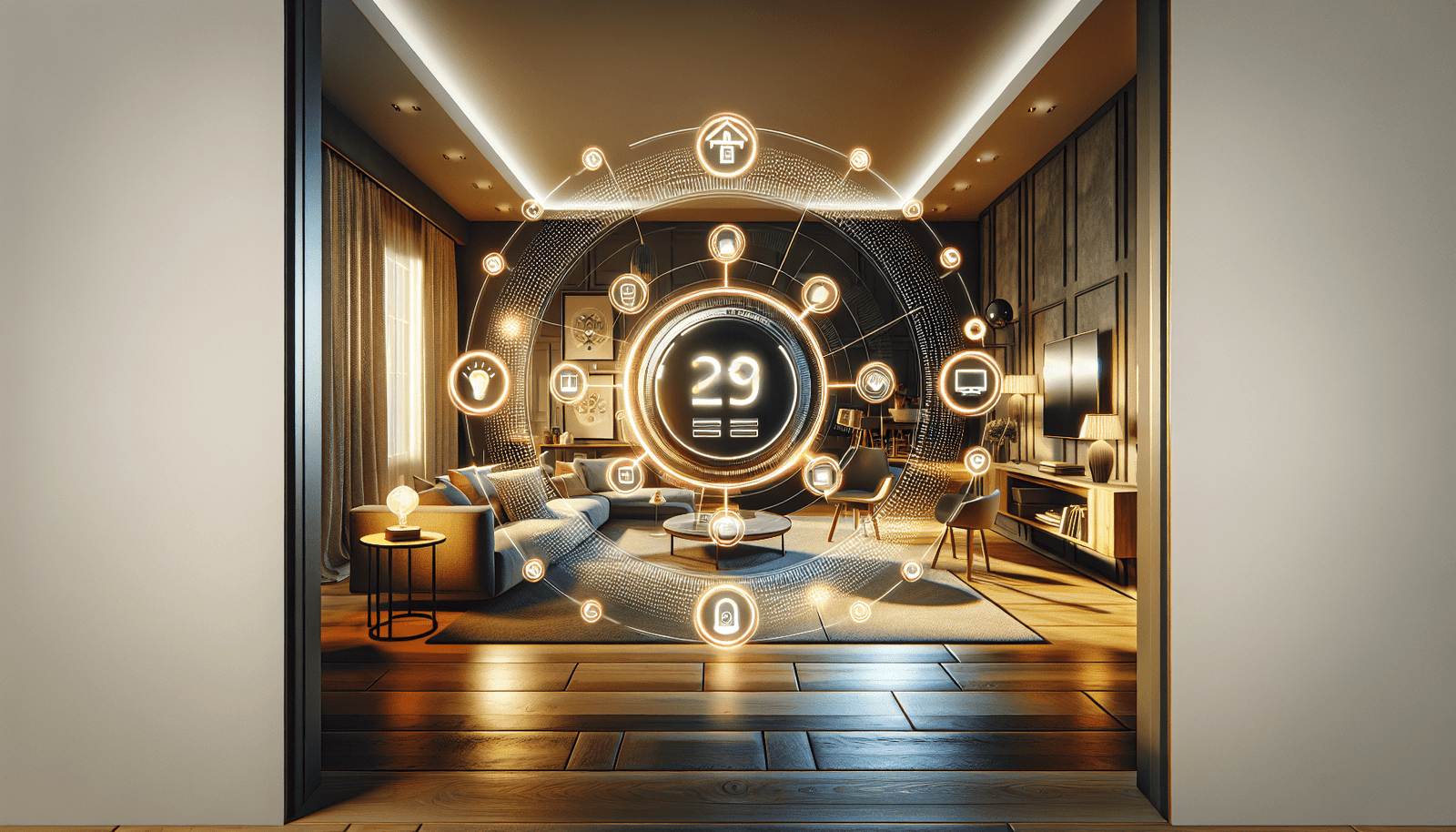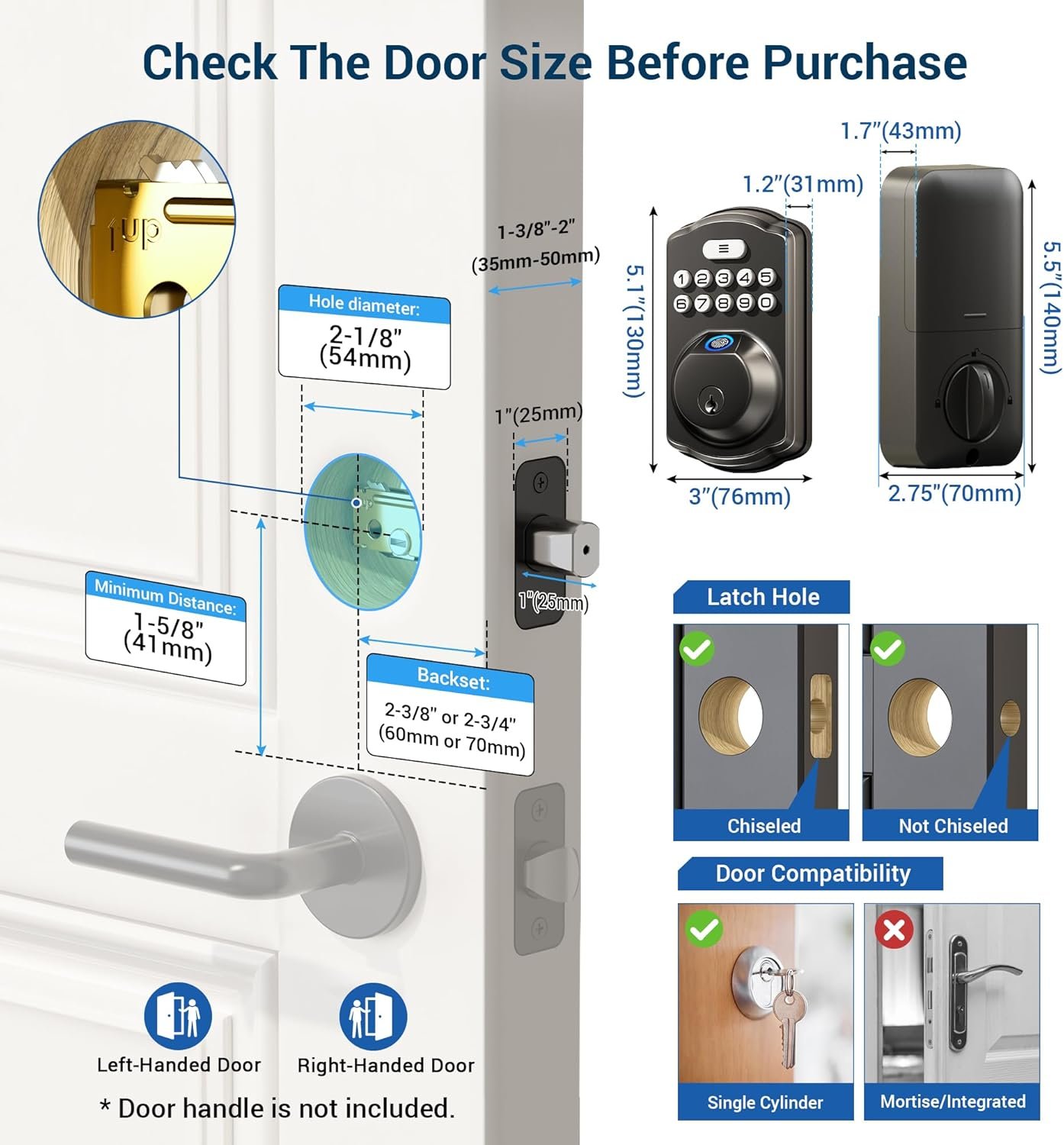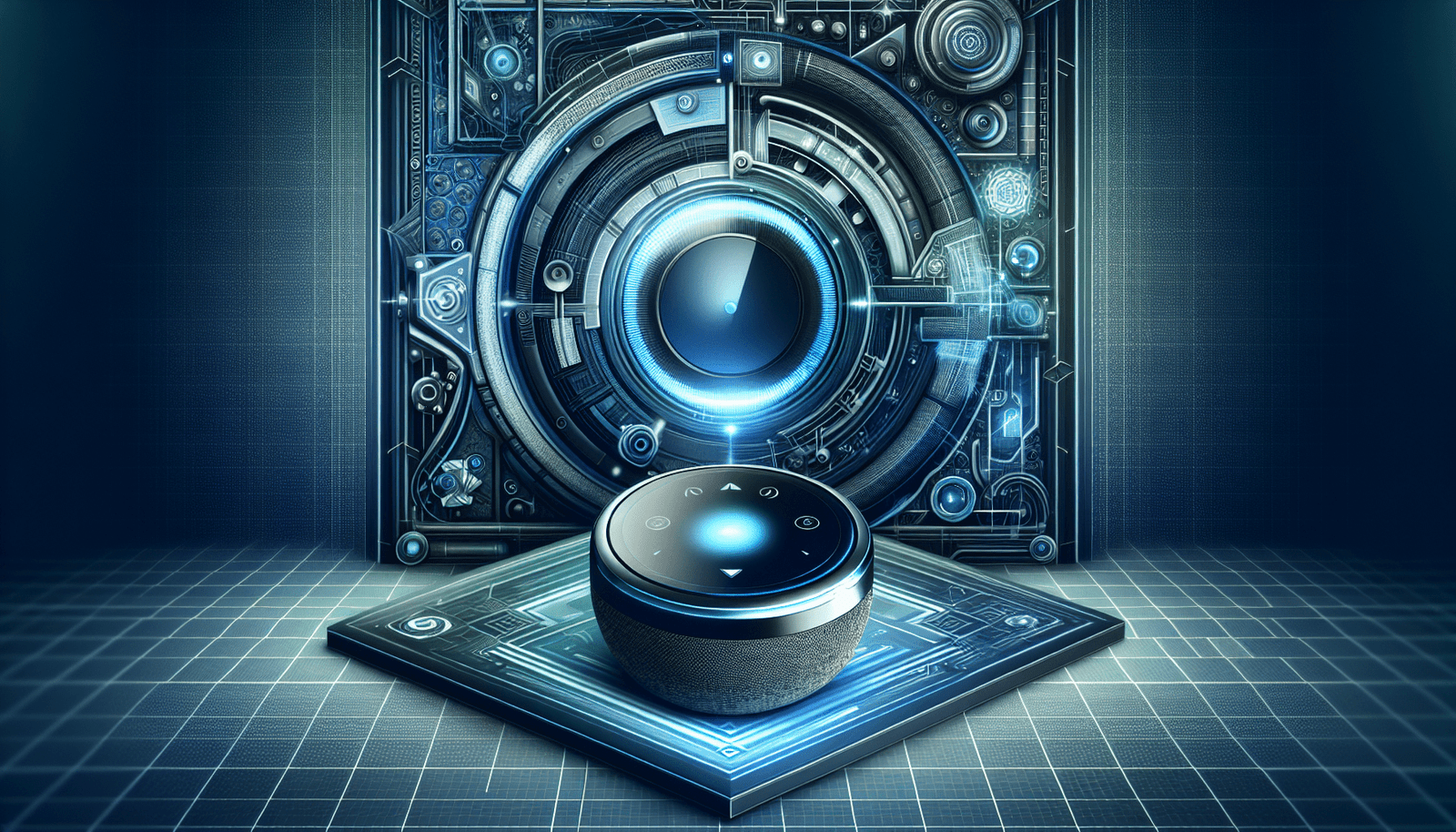Have you ever wondered how smart home devices enhance your living environment? In the age of technology, our homes are becoming smarter, offering unparalleled convenience and efficiency. Sensors are at the heart of these innovations, transforming the way we live, work, and interact with our surroundings. With the ability to automate, monitor, and improve almost every aspect of daily life, smart home devices equipped with sensors are an essential component of modern living.
Understanding Smart Home Technology
To appreciate the role sensors play in smart homes, it’s crucial to have a solid understanding of what smart home technology encompasses. A smart home refers to a residence equipped with devices that use internet connectivity to enable remote management and monitoring. These devices range from thermostats and lights to security cameras and speakers, all designed to make life more convenient, efficient, and enjoyable.
Key Components of Smart Homes
Smart homes typically comprise various interconnected devices that communicate using wireless technologies such as Wi-Fi, Bluetooth, or Zigbee. These devices often rely on a central hub or gateway that serves as the brain of the system, facilitating communication between the user and the devices.
The Significance of Sensors
Sensors are critical in smart home ecosystems. They detect changes in the environment, such as motion, temperature, humidity, or light levels, and trigger actions based on preset conditions. This capability leads to significant enhancements in comfort, safety, and energy efficiency.
Cost and Value Considerations
Investing in smart home technology may seem daunting initially, but understanding the cost and long-term value can help ease the decision-making process.
Initial Costs vs. Long-Term Savings
The upfront cost of smart home devices varies depending on the type and number of devices you choose to implement. For instance, basic devices like smart plugs may cost less than $50, while more sophisticated systems like smart security cameras or thermostat systems can exceed $300.
Table: Comparison of Smart Home Device Costs
| Device Type | Typical Cost Range |
|---|---|
| Smart Plugs | $15 – $50 |
| Smart Lights | $20 – $200 |
| Smart Thermostats | $100 – $300+ |
| Security Cameras | $50 – $400 |
While initial investments are necessary, the long-term savings often outweigh the costs. Smart thermostats adjust home temperatures based on your schedule, potentially saving you up to 10-15% on heating and cooling bills. Moreover, energy-efficient lighting can reduce electricity usage, lowering utility costs over time.
Return on Investment
Beyond financial savings, smart home devices add value through convenience, improved energy management, and enhanced security features. These factors can contribute to improving the marketability and resale value of your property, making smart home upgrades a valuable investment.
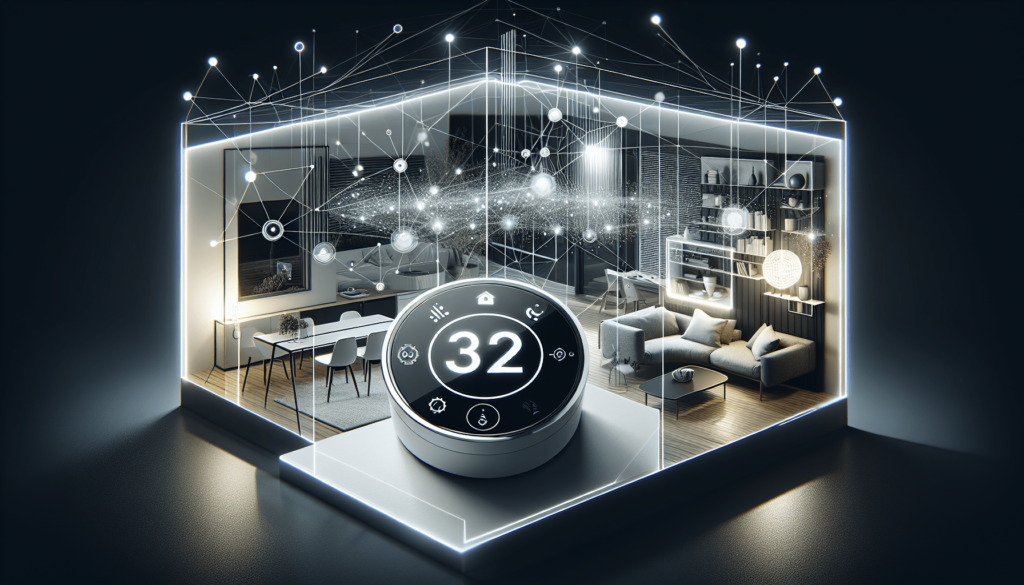
Real-World Use Cases and Comparisons
Understanding how smart home devices work in real-world scenarios provides valuable insights into their practical benefits.
Smart Lighting Systems
Smart lighting offers more than just convenience. Capable of automatic on/off scheduling, dimming, or changing colors to match your mood, these systems enhance ambiance and comfort. Energy-saving bulbs and intuitive lighting schedules can significantly contribute to reducing electricity consumption.
Enhanced Home Security
Smart security devices such as video doorbells and motion sensors offer peace of mind by alerting you to potential security breaches. With features like live video streaming and two-way communication, you can remotely interact with visitors and monitor your home in real time.
Smart Climate Control
Devices like smart thermostats and humidity sensors help you maintain the optimal indoor climate, ensuring comfort and efficiency. By learning your schedule and preferences, these devices automatically adjust settings, minimizing energy waste and enhancing comfort.
Comparison of Smart Devices
Selecting the right device requires understanding their specific functions and comparing features across options. Consider criteria such as compatibility, ease of installation, and user reviews when choosing a device suitable for your needs.
Practical Setup Guides
Setting up smart home devices can seem complex, but step-by-step guidance simplifies the process.
Getting Started with Smart Devices
Begin by identifying the devices that address your primary needs, whether it’s security, lighting, or climate control. Many devices are plug-and-play, requiring minimal technical expertise. Detailed manuals and manufacturer support are often available to assist in the setup.
Integration with Central Hubs
For a cohesive smart home experience, integrate devices with a central hub that supports popular platforms like Amazon Alexa, Google Assistant, or Apple HomeKit. This ensures seamless connectivity and unified control of all your devices through a single app.
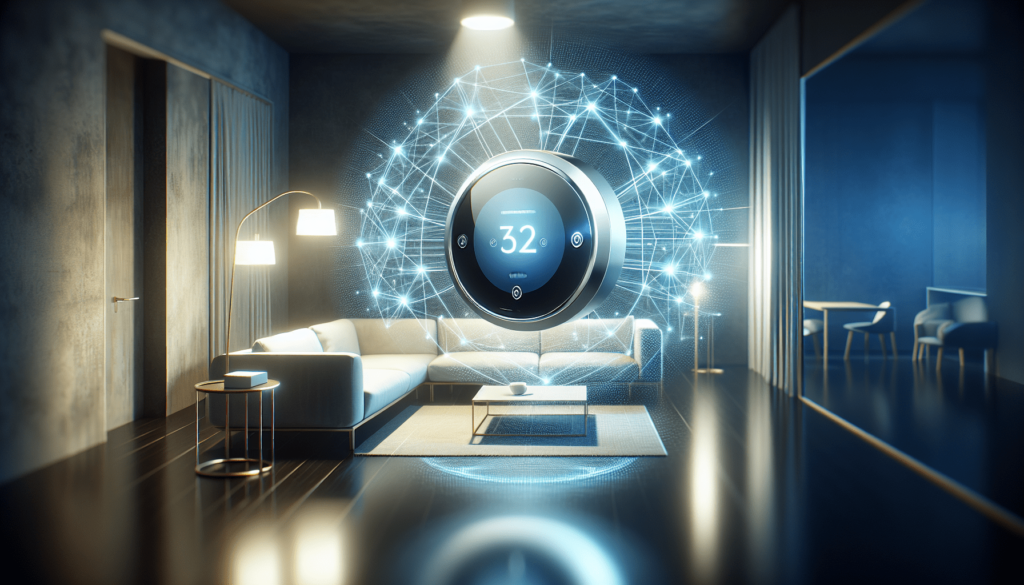
Security and Privacy Factors
While smart homes offer numerous benefits, ensuring security and privacy is essential.
Common Security Risks
Potential risks include unauthorized access, data breaches, and malware attacks. Devices connected to the internet are inherently vulnerable, making it essential to adopt robust security practices.
Enhancing Smart Home Security
Implement practices such as using strong, unique passwords for each device and enabling two-factor authentication where available. Regularly updating device firmware can also protect against vulnerabilities. Additionally, choosing reputable brands with a strong security track record can mitigate potential risks.
Energy Efficiency and Sustainability
Smart home devices contribute significantly to energy conservation and sustainability.
Reducing Energy Usage
By optimizing appliance usage and monitoring consumption, smart devices promote energy efficiency. For example, smart power strips can automatically shut off idle devices, reducing phantom power consumption.
Promoting Sustainable Living
Adopting smart technology supports sustainable living by minimizing wastage of resources, thus reducing your environmental footprint. Smart irrigation systems, for example, use weather data to optimize water usage in gardens and lawns.
Compatibility and Connectivity
One of the essential features of smart devices is their ability to connect and interact smoothly.
Platform Compatibility
When selecting smart home devices, ensure compatibility with your existing systems. Many devices offer cross-platform compatibility, allowing for integration with different smart ecosystems.
Ensuring Seamless Connectivity
Stable internet connectivity is crucial for the proper functioning of smart devices. Ensure your home network is robust enough to support multiple devices simultaneously without interruptions.
Future-Proofing and Innovation
The world of smart home technology is continually evolving, with trends and innovations constantly emerging.
Emerging Trends in Smart Home Tech
Technologies like AI, machine learning, and IoT (Internet of Things) are driving the innovation of smarter devices. Anticipate more personalized and intuitive smart home solutions as these technologies develop.
Planning for Future Upgrades
When investing in smart home technology, consider potential future developments and upgrades. Opt for devices that can be easily updated or expanded to future-proof your setup and ensure compatibility with new technologies.
In conclusion, smart home devices equipped with sensors are revolutionizing modern living environments. By understanding the costs, benefits, and practical applications, you can make informed decisions about integrating this technology into your life. As smart homes continue to evolve, they promise to offer even greater enhancements in comfort, efficiency, and security – all while contributing to a sustainable future.
